The Savvy Guide To The Best Hot Spring Towns On The Izu Peninsula
Recommended Onsen Escapes From The City
Some of the most relaxing hot spring towns with breathtaking views are just a train ride away from Tokyo.
Are you suffering from freezing fingers and aching bones this winter? Feeling a bit under the weather? Luckily, you’re living in a country that has the perfect antidote to cold bodies and the winter blues: dipping your entire body in a mineral-rich onsen (hot spring).
Onsen towns are scattered across the length and breadth of the Japanese archipelago but if you’re looking for a quick day trip away from the noise and steamy crowds of Tokyo, the Izu Peninsula is probably your best bet.
Located just about 100 kilometers southwest of the capital city, the Izu Peninsula has always been a favorite getaway for Tokyoites, particular writers, artists, surfers and scuba divers. One of the best things about the peninsula is that it’s almost completely surrounded by water so in most cases, you can get a double whammy — an onsen soak with an ocean view — and of course, Mt. Fuji at nearly a hand-reach distance. Without further ado, here’s our official onsen guide to the bubbling hot spots of the Izu Peninsula.
Atami (熱海)
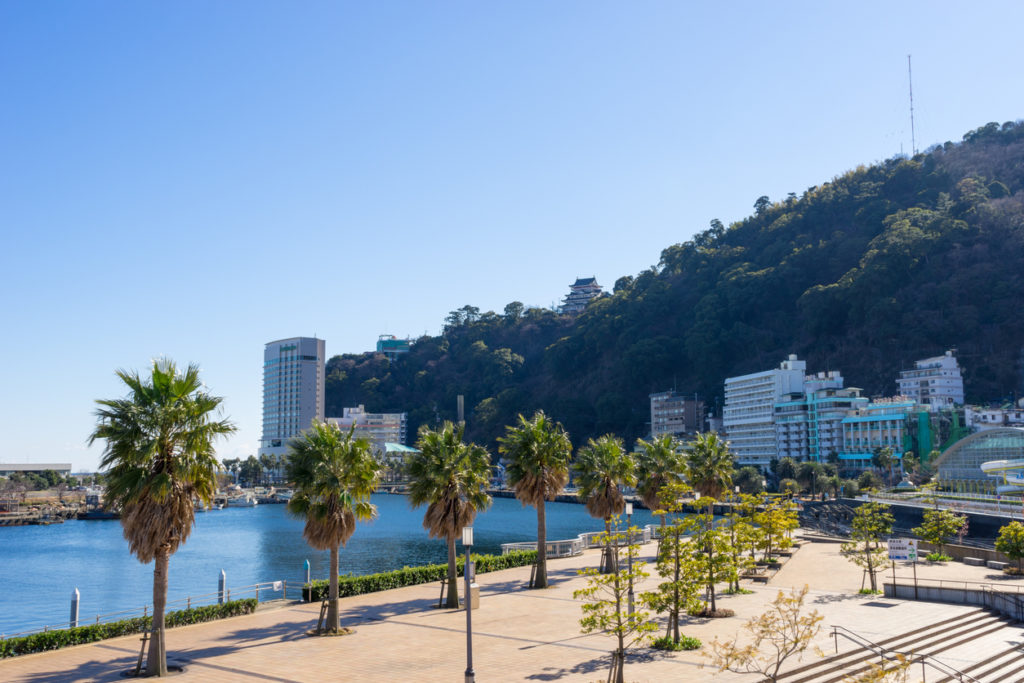
Atami, memorialized in several Japanese movies, is often called “the gateway to the Izu Peninsula.” Less than an hour away from Tokyo by bullet train, it’s been a favorite destination for many. In fact, shogun Ieyasu Tokugawa (1543-1616) loved Atami so much that he carried its onsen water all the way back to his residence in Edo (now Tokyo).
Present-day Atami is still teeming with hot spring resorts. Many are located along the coast while others are found in the city’s more mountainous areas. There are also free footbaths like Ieyasu no Yu, located just outside Atami station, and another at Atami Baien, inside the famous Plum Garden near Kinomiya station next to Atami.
Atami’s onsens are rich in salts and sulfates, both extremely good at curing minor ailments. Another plus is the fact that many of Atami’s hot springs are directly sourced and the water is not recycled. A great place to also enjoy fresh seafood and other delicious meals, Atami is the perfect destination for a weekend trip.
Ito (伊東)
View this post on Instagram
Further south of Atami, about 120 kilometers from Tokyo, is another famous onsen town, Ito. This destination has a lot to be proud of, particularly the fact that it has the hottest water gushing out of the earth in the whole Shizuoka prefecture.
There are several places you can enjoy natural hot springs here including hotels, traditional ryokans (Japanese guest houses), and resorts. Choose from public baths, private baths, and baths with a view and stay overnight or just for an hour or two.
Be sure to check out the town’s eight communal baths named after Ito’s seven lucky gods. While you’re there, don’t miss Akazawa Onsen (pictured above) which serves up uninterrupted ocean views while you soak in the nude.
Inatori Onsen (稲取温泉)
View this post on Instagram
Inatori Onsen is just south of Ito. The climate here is so pleasant that hibiscuses bloom even in the middle of winter. The sulfate hot springs here are good for skin ailments and other general aches and pains. Enjoy great sea views and fresh seafood in this slice of paradise on Honshu.
Shuzenji (修善寺)
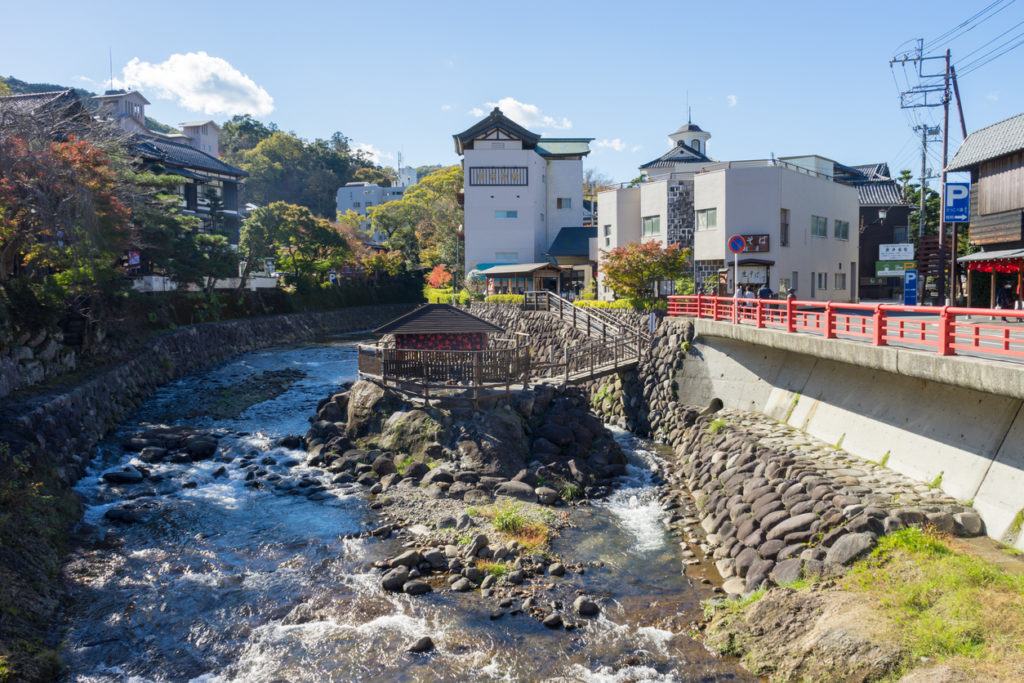
Surrounded by mountain rather than sea is Shuzenji, smack dab in the middle of the peninsula. Many ryokans and hot spring resorts are strung along the Katsura River, which runs through the center of Izu’s oldest onsen town.
Shuzenji is particularly gorgeous in fall so why not skinny dip while eyeballing those changing leaves? The oldest natural hot spring here is Tokko no yu (pictured above), rumored to have appeared when Kobo Daishi (founder of Shingon Buddhism and Mount Koya monastery) struck a rock in the middle of the Katsura river.
Even if you can’t afford a ryokan stay or day visit at an onsen resort, be sure to stop by at Tokko no yu or Kawara yu, another free foot bath located nearby. One popular place to stay in Shuzenji is Arai Ryokan, established since 1872, whose famous guest list has included artist Taikan Yokohama.
Amagi (天城)
View this post on Instagram
Like Shuzenjii, Yugashima Onsen in Amagi is located in the center of the Izu Peninsula. This sulfate hot spring town was a favorite with Nobel Laureate Yasunari Kawabata. Rumor has it that Kawabata wrote his famous short story, The Izu Dancer (1926), while staying at Yumotokan Ryokan in the area. Yugashima Onsen is also featured in the novel Shirobamba (1960) by Yasushi Inoue.
Izunokuni (伊豆の国)
View this post on Instagram
Izu Nagaoka Onsen is located in Izunokuni, about 90 minutes’ away from Tokyo by bullet train. Like Shuzenji and Amagi, Izu Nagaoka is surrounded by mountains and river and has decent views of Mount Fuji. It’s also famous for having spring water you can actually drink. The alkaline water here is good for skin whitening and treating body pains and makes it a popular onsen destination for women.
Toi (土肥), Dogashima (堂ヶ島) and Ukusu (宇久須)
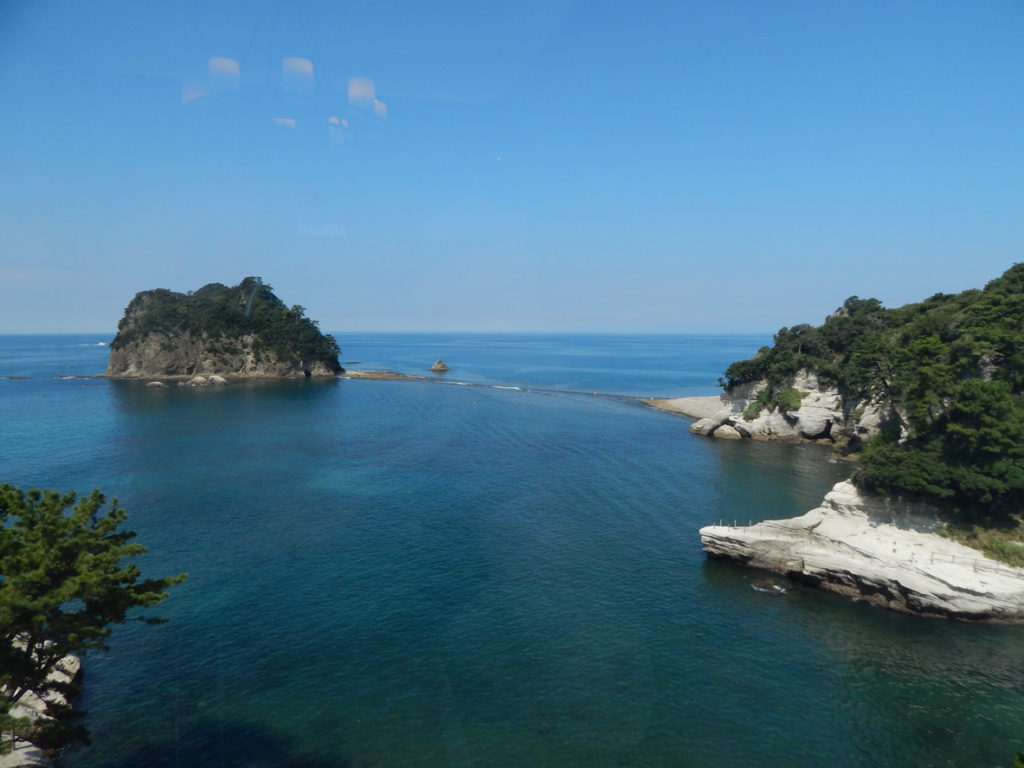
Dogashima
Toi onsen, Dogashima onsen, and Ukusu onsen are hot springs found in the western part of the Izu Peninsula. Many resorts and ryokans here overlook Suruga Bay, Japan’s deepest bay. Be sure to catch spectacular sunsets and try fresh-caught seafood from the ocean. These onsens are not accessible by train and only accessible by bus from Mishima, Shuzenji, or Shimoda.
Kawazu (河津)
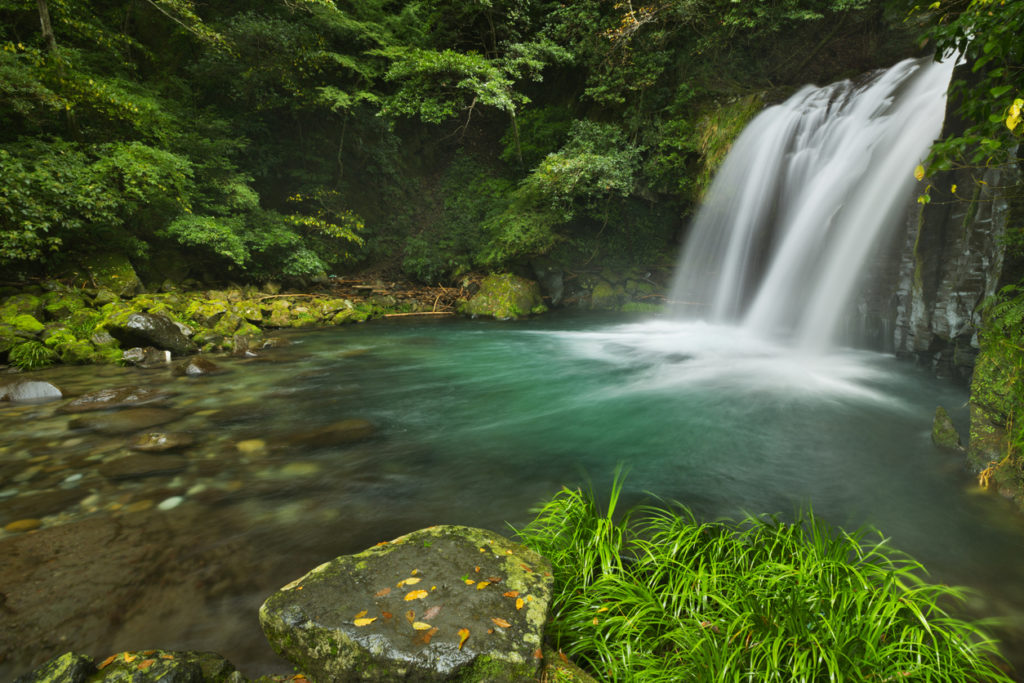
The Shokeidaru waterfall along the Kawazu Nanadaru waterfall trail on the Izu Peninsula.
Kawazu, famous for its early cherry blossoms (from early February to March), is also a wildcard when it comes to onsen. Imagine soaking in a hot spring with a thundering waterfall echoing in the background. You can do just that at Amagiso Onsen which grants visitors exclusive access to the Odaru and Nanadaru waterfalls.
Shimoda (下田)
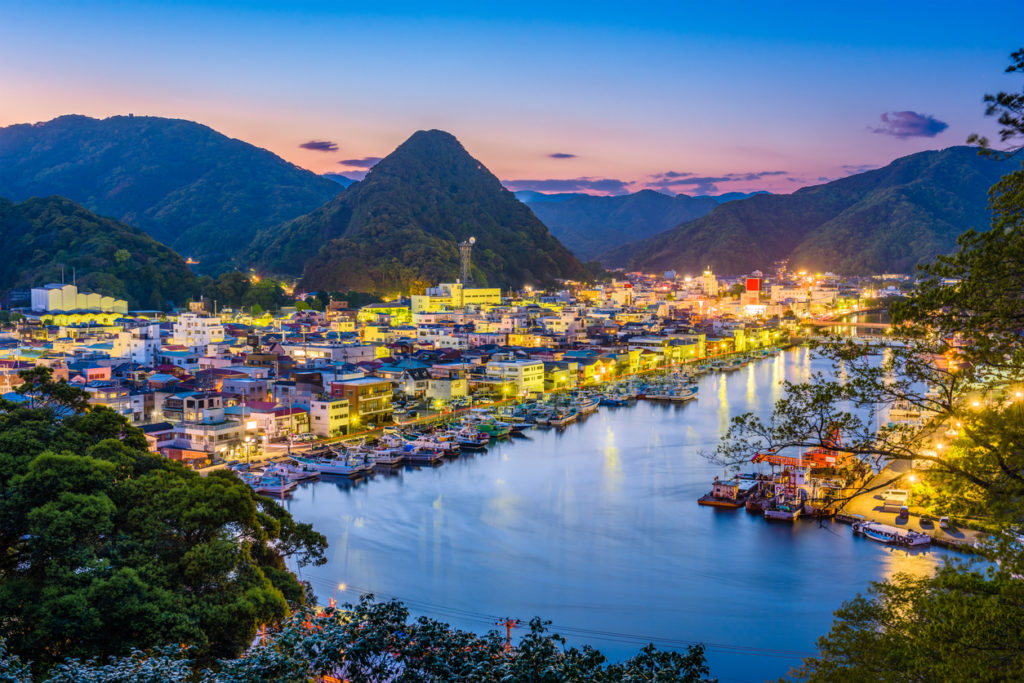
Located on the southern tip of the Izu Peninsula is Shimoda. Although its main claim to fame is that it’s where US Navy Commodore Perry demanded that Japan open up to international trade in 1853, Shimoda also packs a few decent hot spring locations with superb views of the Pacific, including Kawachi Onsen, Shirahama Onsen, and Kannon Onsen.
Getting There
Take the Odoriko or Superview Odoriko limited express train from Tokyo station. It stops at Atami station (90 minutes), Ito station (110 minutes), Kawazu station (155 minutes), Shimoda station (170 minutes), and Shuzenji station (130 mins). To get to West Izu, take the bus from Shuzenji, Shimoda, or Mishima stations. Times vary depending on your final destination.












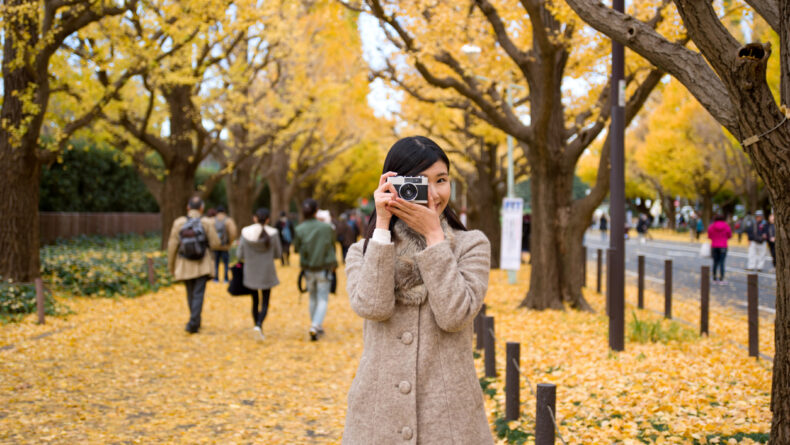
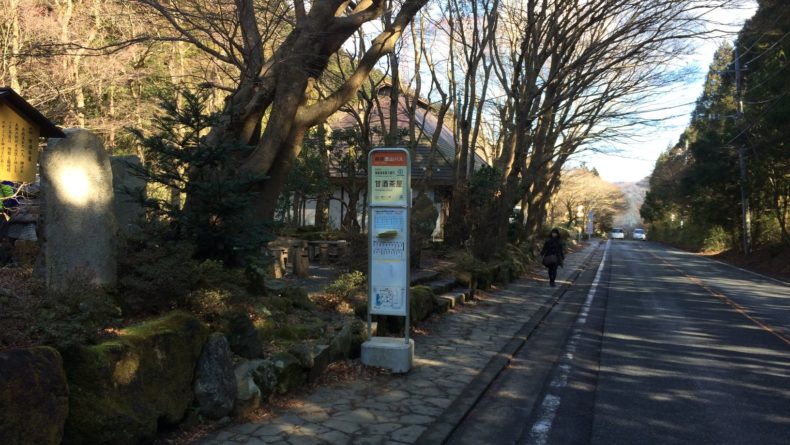
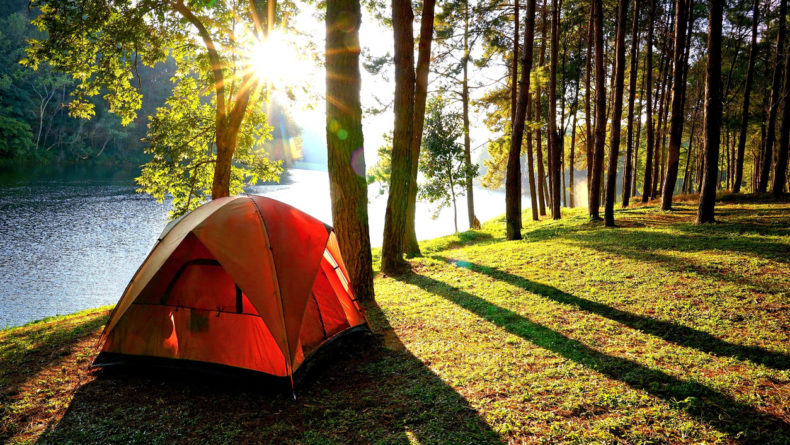
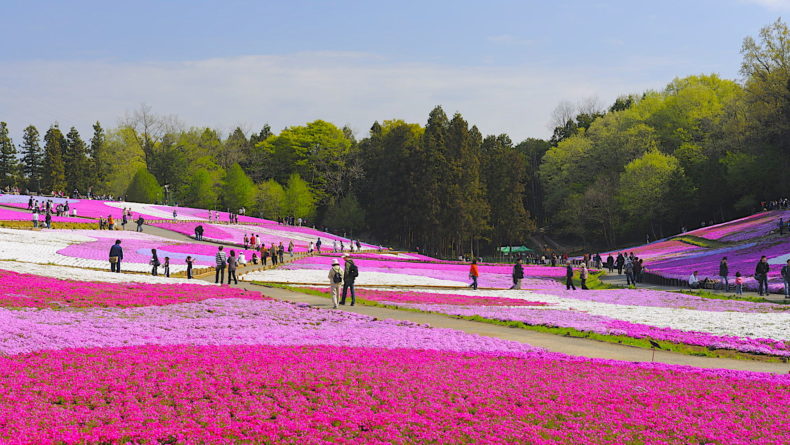
Leave a Reply